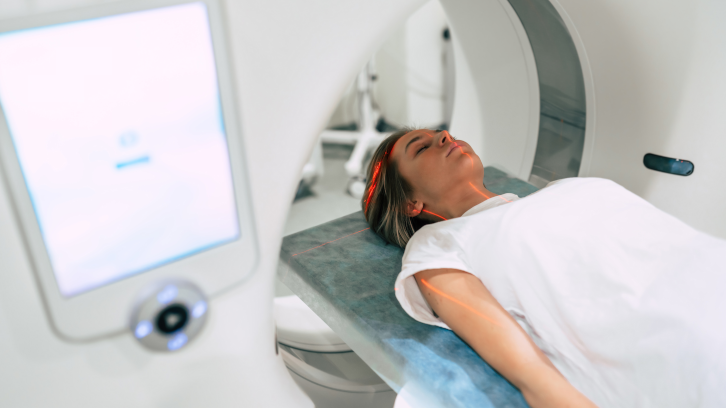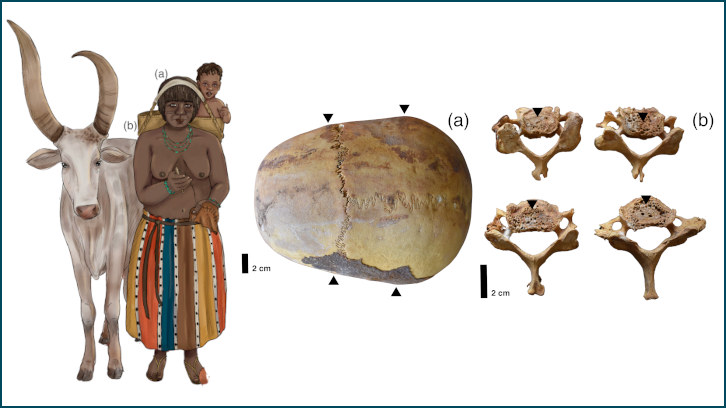Are we all equally sensitive to medical radiation?

Medical radiation from tests such as computed tomography (CT), even at low doses, can damage the DNA of cells. This study reveals that not all cells respond the same way to different doses of radiation: some are more radiosensitive and others more radioresistant. If the study is extrapolated to humans, the results suggest that medical imaging procedures may need to be adapted to each individual’s characteristics.
Medical radiation, such as the one we receive during a computed tomography (CT) scan, is part of our everyday lives, even though we are often unaware of its potential long-term effects. When we undergo a CT scan, we are exposed to a dose of ionizing radiation, which, although considered low (under 100 mGy), is higher than that of other diagnostic procedures. This radiation can damage the DNA of cells, causing breaks and genomic instability. If this damage is not properly repaired, it could increase the risk of developing cancer over time. But do we all react the same way to these low doses of radiation?
To explore this question, we conducted a study using two human cell lines: one more radiosensitive (RS) and another more radioresistant (RR). We exposed them to a low dose of radiation (20 mGy), similar to what a CT scan would deliver, and to a medium reference dose (500 mGy), to observe their reactions. We examined several parameters: whether the cells suffered DNA damage, whether they could repair it, whether they survived or died, whether they divided normally, and how their gene expression changed. What we observed was surprising.
After the low dose, the RS cells showed greater DNA damage, increased cell division activity, and a higher rate of cell death by apoptosis. In contrast, the RR cells were hardly affected. Interestingly, the latter expressed greater amounts of an antioxidant molecule called HMOX1, which appears to act as a protective mechanism. This cellular response might help them neutralize the effects of radiation.
When we repeated the experiment with a higher dose (500 mGy), both cell lines were affected, but in different ways. RS cells experienced more breaks in their genetic material, reduced proliferation capacity, and higher mortality compared to RR cells, which tolerated the radiation better. Additionally, the antioxidant and repair responses were much more effective in the RR cells.
These findings have important implications. If future studies confirm that the cellular responses we observed can be extrapolated to human individuals, this would suggest that not everyone reacts the same way to medical radiation —even at very low doses. Genetics might play a key role in how our bodies handle radiation. If people with higher radiosensitivity are more vulnerable to its effects, even from small doses like those of a CT scan, it may be necessary to adapt medical imaging procedures to each individual’s characteristics. Furthermore, this opens the door to developing more precise and personalized protective strategies to reduce the likelihood of developing cancer after radiation exposure.
Department of Animal Biology, Plant Biology and Ecology
Universitat Autònoma de Barcelona
References
Palma-Rojo, E. et al. (2024). Differential biological effect of low doses of ionizing radiation depending on the radiosensitivity in a cell line model. International Journal of Radiation Biology, 100:11, 1527–1540. https://doi.org/10.1080/09553002.2024.2400514


